Leak testing is a critical quality control process for manufacturers of paper cups. Ensuring that each batch of cups produced by paper cup machines meets the required standards for leak resistance is essential for customer satisfaction and preventing product returns. This article will explore effective methods for conducting leak testing on paper cups, highlighting best practices, necessary equipment, and the importance of thorough testing to maintain product integrity.
Understanding the Importance of Leak Testing
Leak testing is vital for paper cups, especially those designed for liquids. If a cup leaks, it can lead to significant issues for consumers, such as spills and unsatisfactory experiences. Beyond consumer satisfaction, leaks can result in financial losses for manufacturers due to increased returns, damaged reputations, and potential legal liabilities. Therefore, implementing a robust leak testing protocol is not only a quality assurance measure but also a business necessity.
Preparing for Leak Testing
Before conducting leak tests, it's essential to prepare adequately. First, ensure that the paper cup production area is clean and free from contaminants that could affect testing results. Next, gather all necessary materials, including testing equipment, calibrated pressure gauges, and any required solutions for detecting leaks. Proper training of personnel involved in the testing process is also crucial to ensure consistency and accuracy in testing methods.
Methods of Leak Testing
There are several methods for performing leak tests on paper cups, each with its advantages. The most common methods include water immersion tests, air pressure tests, and dye penetration tests. Each method has unique procedures and can be selected based on the specific requirements of the production run.
Water Immersion Testing
Water immersion testing involves submerging paper cups in water to check for leaks. This method is straightforward and effective. During the test, cups are filled with water and submerged for a specified time. Inspectors look for signs of leaking, such as bubbles or wet spots on the outside of the cup. This method allows for quick visual identification of defects and is particularly useful for identifying small leaks that might not be evident through other testing methods.
Air Pressure Testing
Air pressure testing is another reliable method for detecting leaks. In this process, cups are sealed and subjected to a specific amount of air pressure. By monitoring the pressure drop over time, operators can determine if there are any leaks present. This method can be more sensitive than water immersion testing, making it suitable for identifying very small leaks that could compromise the integrity of the cup.
Dye Penetration Testing
Dye penetration testing uses colored dyes to detect leaks. Cups are filled with a dye solution, and the exterior is inspected for any signs of dye seeping through. This method is particularly effective for identifying leaks that may not be visible with other methods. It provides a clear visual indication of defects and can be an excellent tool for quality assurance teams.
Establishing Testing Protocols
To ensure consistent and effective leak testing, manufacturers should establish detailed testing protocols. These protocols should outline the specific methods used, the frequency of testing, the criteria for pass/fail results, and the documentation required for each test. Having a standardized procedure helps maintain quality across different batches and ensures that all employees are on the same page regarding testing expectations.
Training Personnel
Training is a key element in ensuring the effectiveness of leak testing. All personnel involved in the testing process should receive comprehensive training on the methods used, the operation of testing equipment, and how to interpret results. Regular refreshers and updates on new testing technologies or methods should also be part of the training program to keep staff informed and skilled.
Documenting Test Results
Documentation is essential for tracking the quality of paper cups produced. Each leak test should be recorded, noting the date, batch number, test method, results, and any corrective actions taken if defects were found. This data can be invaluable for identifying trends, addressing recurring issues, and improving overall production quality. Additionally, maintaining records can help in compliance with industry regulations and standards.
Analyzing and Taking Action on Test Results
After conducting leak tests, it is crucial to analyze the results thoroughly. If a batch fails the leak test, immediate action should be taken to identify the cause. This may involve reviewing production processes, inspecting materials, or recalibrating machinery. Taking prompt corrective actions not only resolves the current issue but also prevents similar problems in future batches.
Continuous Improvement in Leak Testing
Effective leak testing is not a one-time effort but rather an ongoing process. Manufacturers should continuously seek ways to improve their testing methods and protocols. This can involve investing in new testing technologies, adopting automation solutions, and gathering feedback from quality assurance teams. By fostering a culture of continuous improvement, manufacturers can enhance the reliability and quality of their paper cups.
Conclusion
In conclusion, conducting effective leak testing on each batch of paper cups is essential for maintaining quality and meeting customer expectations. By implementing robust testing methods, establishing standardized protocols, and ensuring proper training and documentation, manufacturers can significantly reduce the risk of leaks and enhance their product offerings. Continuous analysis and improvement of the testing process will further strengthen product integrity and contribute to long-term business success.




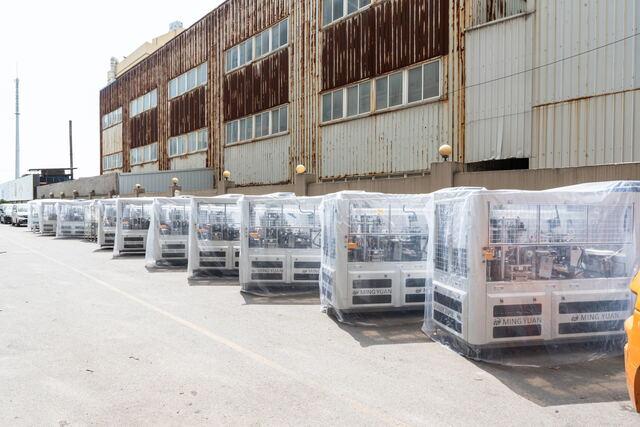
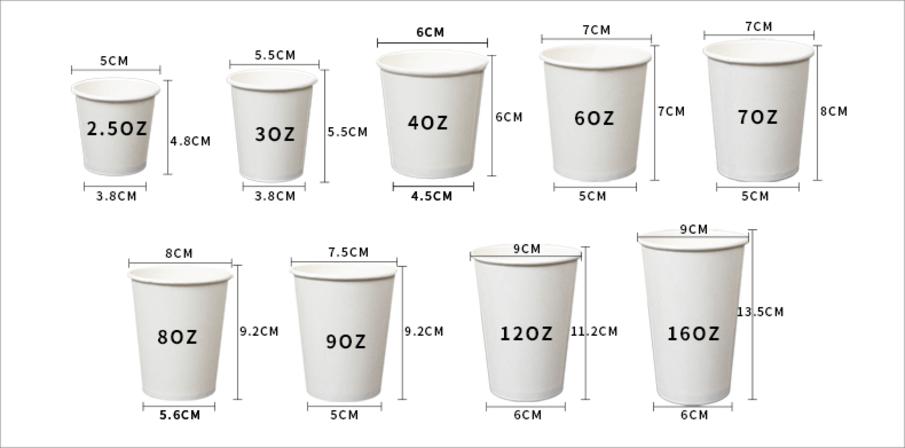
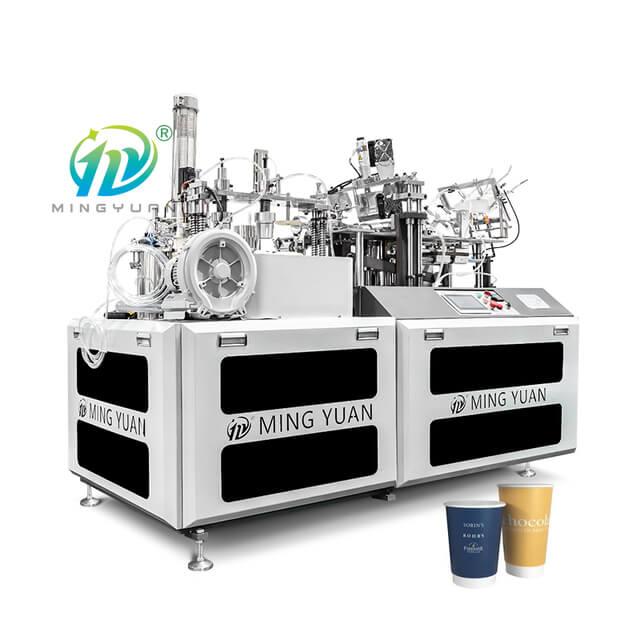
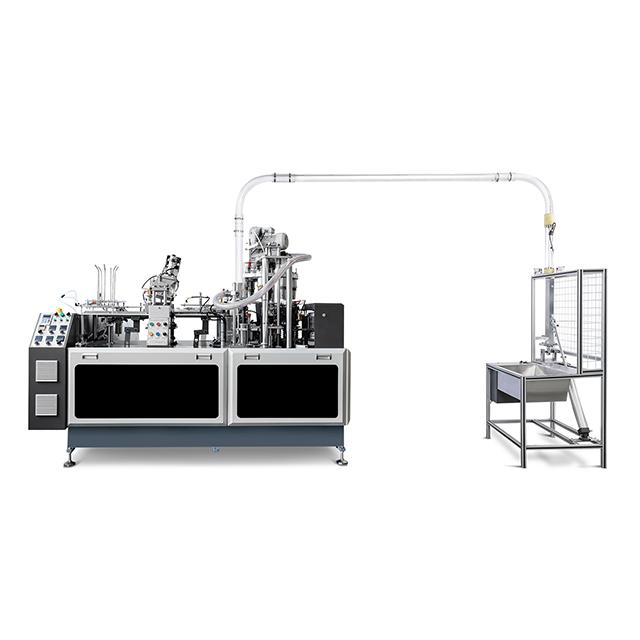
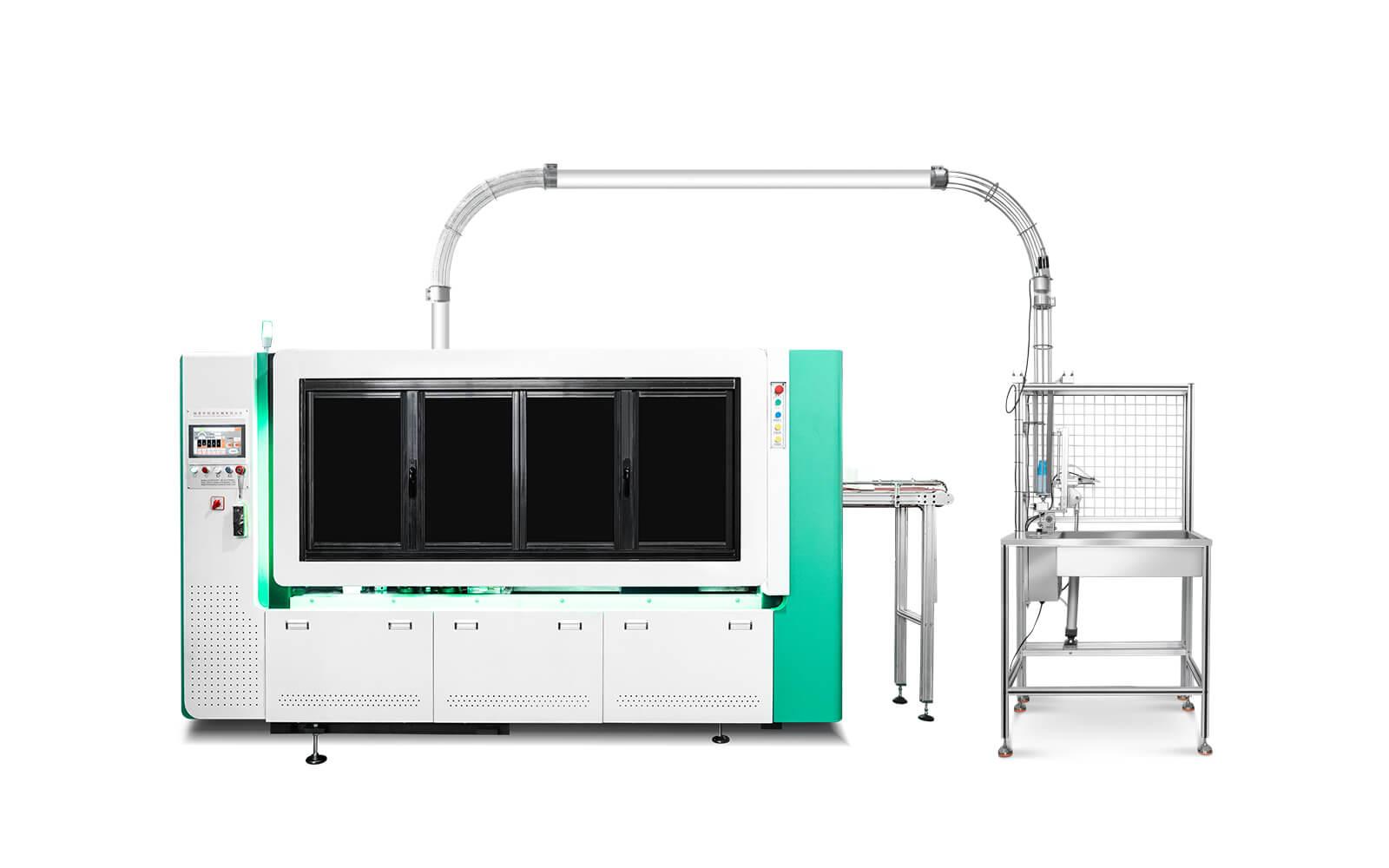

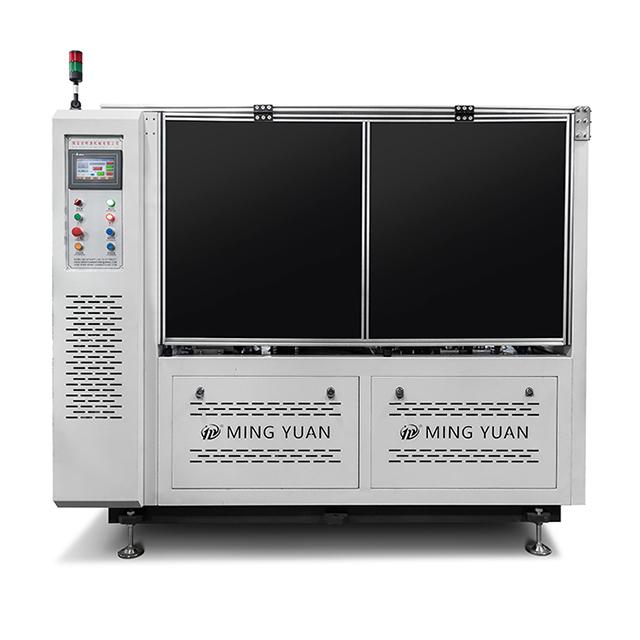
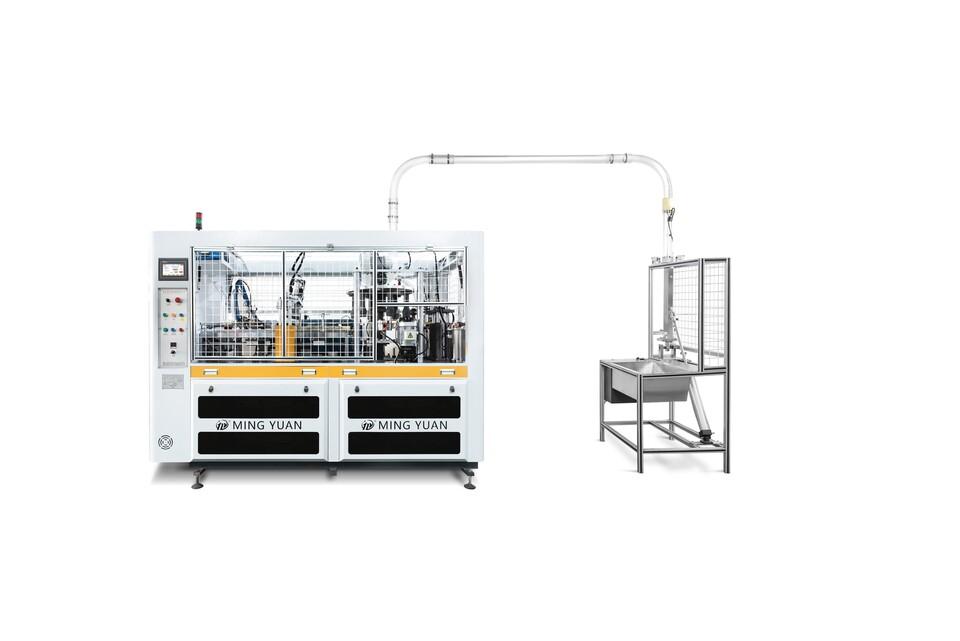
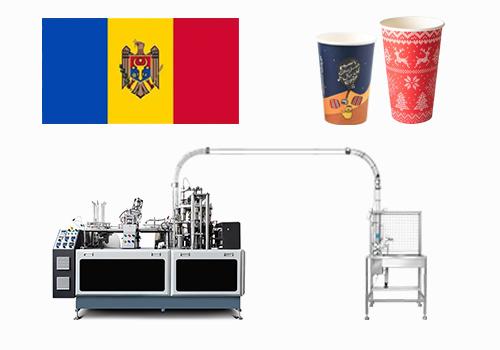

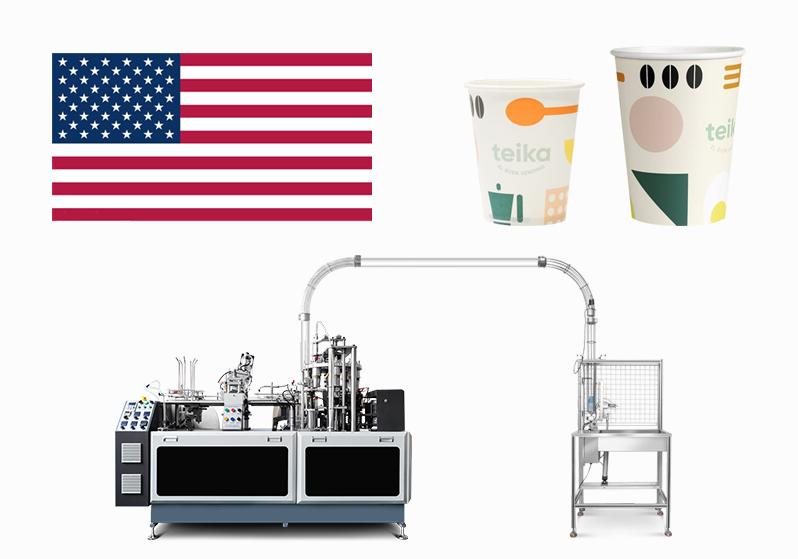

 Tel: +86-19057361870 / +86 577 65567060
Tel: +86-19057361870 / +86 577 65567060  Email: george@paper-cupmakingmachine.com
Email: george@paper-cupmakingmachine.com MP/WhatsApp: +86-19057361870
MP/WhatsApp: +86-19057361870 Manufacturer Address:No.1588, Huaming Road, Feiyun Street,Ruian City Zhejiang Province -325200 China
Manufacturer Address:No.1588, Huaming Road, Feiyun Street,Ruian City Zhejiang Province -325200 China




